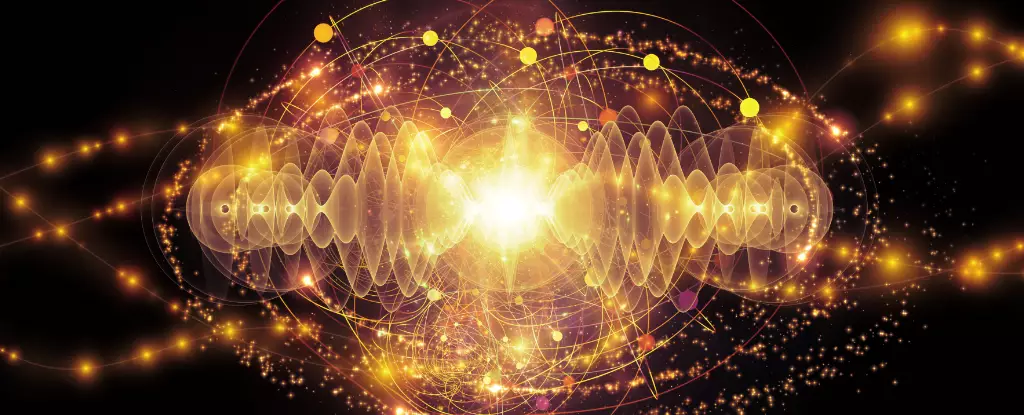The world of quantum mechanics is often perceived as a mysterious domain, governed by principles that challenge our conventional understanding of reality. In an intriguing twist to the notion of theft, researchers have recently illuminated how the complex nature of quantum systems could theoretically allow for a kind of “embezzlement” without any legal implications. This idea diverges remarkably from our everyday understanding of financial misconduct, revealing a fascinating intersection between quantum theory and speculative physics. While the consequences of theft in the classic sense—like robbing a bank—are dire, the theoretical exploration of stealing entanglement offers insights into the fundamental workings of our universe, as well as the potential for harnessing quantum systems for improved computational methods.
The term “embezzling entanglement,” introduced by prominent quantum researchers Wim van Dam and Patrick Hayden, refers to a sophisticated maneuver where quantum states can be manipulated without leaving detectable traces. Their foundational work established the idea that quantum systems could potentially engage in processes that blend various entangled particles in innovative ways. Recent intellectual advancements by researchers at Leibniz University Hannover—Lauritz van Luijk and his colleagues—build upon this initial concept and demonstrate that specific physical conditions could facilitate a deeper understanding of these quantum phenomena.
At its core, entanglement is a property that allows particles to become intertwined, such that the state of one particle instantaneously influences another, irrespective of the distance separating them. In the quantum realm, every measurement has the potential to drastically alter the properties of a system. Therefore, the challenge lies in developing techniques that preserve these delicate states while still enabling effective computational transformations.
Delving deeper into the mechanics of this “embezzlement,” the researchers posited that combining principles of general relativity with quantum field theory uncovers a virtually infinite array of potential catalysts. These catalysts, in theory, could allow for numerous instances of entangled particles to interact in ways that would be imperceptible to measurement. Their findings suggest that should these theoretical conditions hold true, it could pave the way for groundbreaking developments in understanding both entropy and the fundamental nature of reality itself.
Interestingly, van Luijk’s discussion posits that if the bank—symbolizing the original quantum state—remains unchanged pre- and post-process, the act of embezzlement effectively becomes undetectable, embodying the characteristics of a “perfect crime.” This metaphorical framework does not merely serve as an intellectual curiosity but hints at practical applications for quantum computing and communications that could leverage principles of entangled states to perform calculations that were previously deemed impossible.
Quantum Misconduct in the Depths of Space-Time
Mapping this concept to the physical universe brings forth exciting considerations. In a cosmos where uncertainties and probabilities rule, any interactions between quantum particles can dramatically influence their outcomes. The analogy of card games illustrates this well: just as an extra card can shift the probabilities in poker, additional interactions among quantum particles can introduce unexpected variables into their calculations.
The implications of these findings suggest an enticing layer of complexity to our understanding of the universe—where the baseline mechanics underpinning celestial operations may reflect an underlying structure of entanglement that exists independently of our conventional perceptions. The notion that there could be unexplored realms of embezzlement in quantum states invites us to consider the universe as a vast, dynamic entity capable of intricate transformations within its invisible framework.
While the idea of embezzling entanglement remains largely theoretical at this stage, it opens the door to a plethora of possibilities in quantum research. The dialogue surrounding these concepts not only enriches our understanding of entropy and information loss, but it also compels us to rethink the implications of quantum communication, computing, and potentially, the very fabric of reality itself.
Ultimately, as scientists continue to explore this fascinating terrain, new pathways may emerge, bridging the gaps between theoretical physics and practical applications. In this eternal quest to decipher the mysteries of the universe, the intersection of mathematics and physical reality could very well shape the next generation of technological advancements, ensuring that the complexities of quantum mechanics remain an enchanting source of exploration for years to come.

Leave a Reply